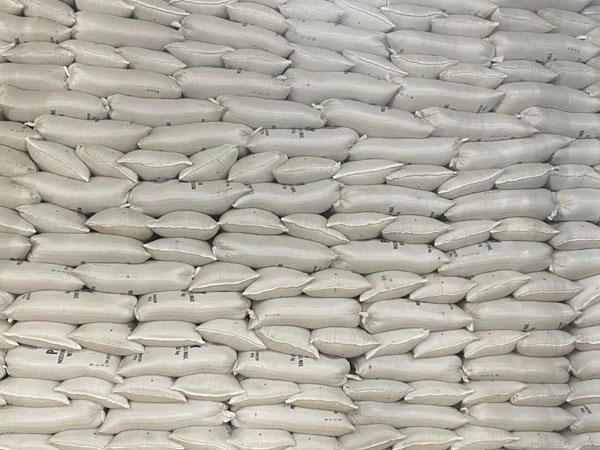 THE volume of imported rice that entered the country in December brought the 2024 arrivals to an unprecedented level.
THE volume of imported rice that entered the country in December brought the 2024 arrivals to an unprecedented level.
Latest figures from the Bureau of Plant Industry (BPI) showed that rice shipments reached 454,802 metric tons (MT) in December, which catapulted imports to 4.78 million metric tons (MMT) last year. This was nearly 33 percent higher than the 3.6 MMT imported in 2023.
The agency revised upward the earlier 4.68 MMT rice imports recorded in 2024 due to “delayed counting.”
BPI data also indicated that only 51 percent of the 9,795 sanitary and phytosanitary import clearances (SPSICs) for the purchase of 9.37 MMT of imported rice arrived in the country.
Agriculture Assistant Secretary Arnel de Mesa said several factors would account for the nonuse of the import clearances issued by the government.
For one, he explained that sometimes there are delays in transactions or the SPSICs would expire. Under existing rules, the SPSICs have a 60-day validity period from the day of issuance.
“There are applications that are automatically approved if the BPI does not act on them and this is because of the [Rice Tariffication Law],” De Mesa told reporters in Filipino during a briefing on Monday.
A provision under the RTL states that “failure on the part of the BPI to release the SPSIC without informing the rice importer of any error, deficiency, omission, or additional documentary requirement shall mean automatic approval of the SPSIC applied for within seven days after submission of the complete requirements.”
Meanwhile, Roehlano Briones, senior research fellow at the Philippine Institute for Development Studies (PIDS), said lower rice tariffs and damage from the dry spell and series of typhoons likely drove up rice imports.
“Lower tariffs [and] harvest losses first from drought then typhoons [could have contributed to the surge in imports],” Briones told the BusinessMirror.
For her part, University of Asia and Pacific Center for Food and Agribusiness (CFA) executive director Marie Annette Galvez-Dacul said a comprehensive analysis of the food staple’s value chain would be necessary to know the underlying cause behind the country’s imports.
“There are multiple factors that likely contributed to the surge in rice imports but a thorough analysis of the rice value chain is essential to pinpoint the true underlying causes,” Dacul told this newspaper.
BPI data also showed that 39,261 MT of rice shipments arrived in the country as of January 9.
Lower MSRP
The DA official also said the decline in global quotations of rice would likely lower the maximum suggested retail price of the food staple.
Citing data from the Vietnam Food Association, De Mesa noted that the price of Vietnam’s 5 percent broken rice dropped by 15 percent to $434 per MT as of January 10 from $510 per MT recorded the previous month.
For Vietnam’s 25 percent broken rice, he said prices shrank by 11 percent to $409 per MT from $454 per MT.
“[This means that the] maximum suggested retail price for imported rice for 5 percent and 25 percent most likely, in the coming days, will further go down,” De Mesa said in Filipino.
Starting January 20, the DA said it will impose an MSRP of P58 per kilo for premium imported rice with 5 percent broken grains. The agency has yet to set a price for the 25 percent broken rice variety.
De Mesa noted that the MSRP for 25 percent broken rice variety could settle at P45 per kilo.
“That’s a probability considering the decline [in global rice prices] was very sharp,” he said.














© Copyright 2025 The SSResource Media.
All rights reserved.